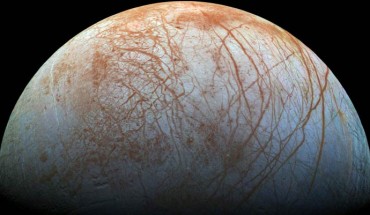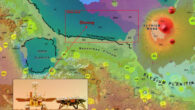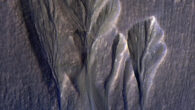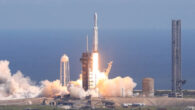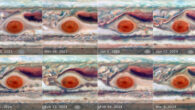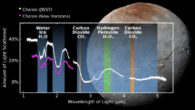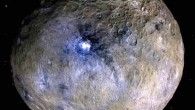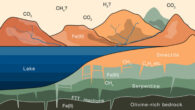A team of scientists from the Lunar and Planetary Laboratory at the University of Arizona, TU Delft, and Caltech has developed a new method to compute how tides affect the interiors of planets and moons in the Solar System. Importantly, they’ve looked at the effects of body tides on objects that don’t have a perfectly spherical interior structure. The surface of Europa looms large in this newly-reprocessed color view; image scale is 1.6 km per...

